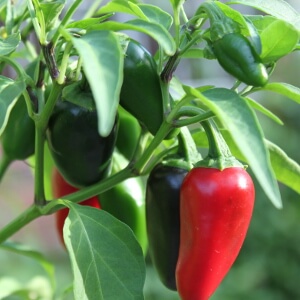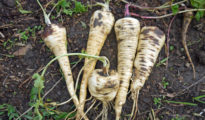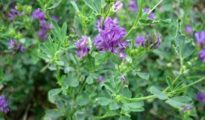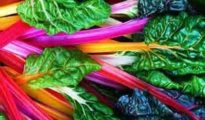Peppers, with their vibrant hues and wide-ranging flavors, have been a staple in culinary preparations worldwide. They have not only played a pivotal role in global cuisines but have also been integral to medicinal practices for centuries. Two of the most beloved varieties are the fiery habanero and the versatile jalapeno. This post will delve into the fascinating world of these exotic peppers, explaining their cultivation, benefits, and unique qualities.
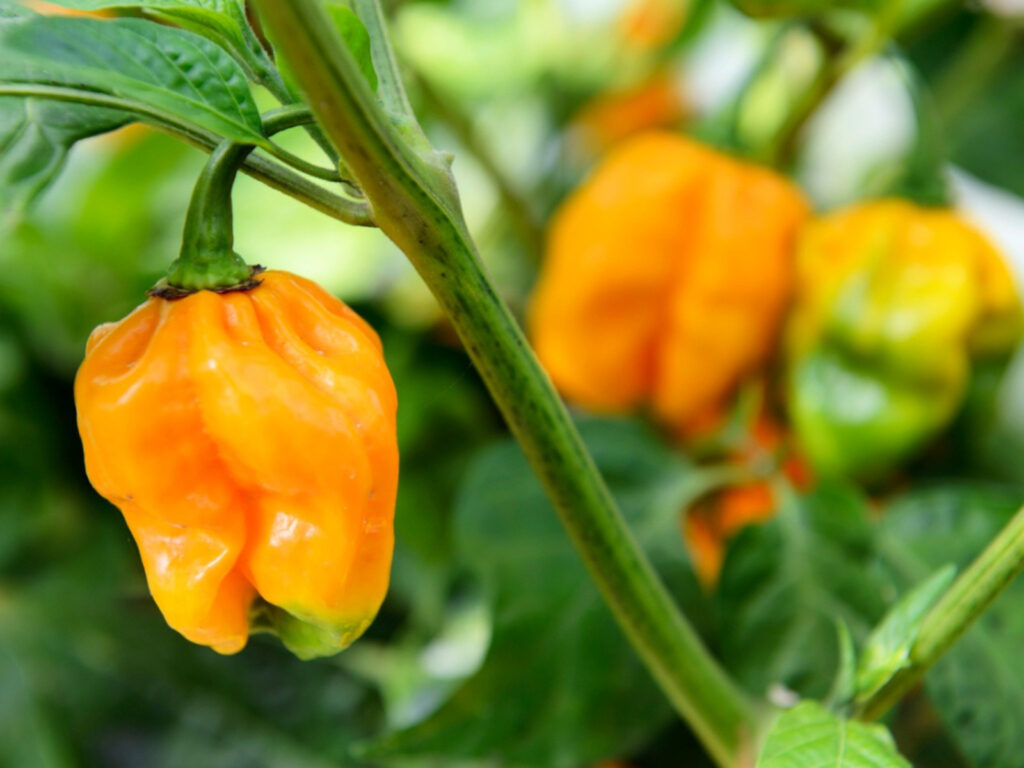
Understanding the Intricacies of Pepper Varieties
All peppers, from the humble bell pepper to the superhot Carolina Reaper, belong to the genus Capsicum. The species Capsicum annuum includes a diverse array of peppers, including jalapenos, while Capsicum chinense houses the habanero and many other hot peppers. The heat level of peppers is measured using the Scoville Heat Unit (SHU), invented by pharmacist Wilbur Scoville in the early 20th century.
Jalapenos: The Versatile Spice
Jalapenos are mild to moderate in their heat, rating between 2,500 to 8,000 SHU. Originating from Mexico, they are a popular choice for salsa, nachos, and stuffed pepper recipes. These peppers are usually harvested when they're green, although they can turn red if left to ripen further.
Habaneros: The Fiery Delight
Habaneros, on the other hand, are significantly hotter, typically rating between 100,000 to 350,000 SHU. This pepper variety is believed to originate from the Amazonas region and is widely used in Caribbean cuisine. Habaneros are known for their unique flavor profile—a combination of fruity and floral notes with intense heat.
Growing Jalapenos and Habaneros at Home
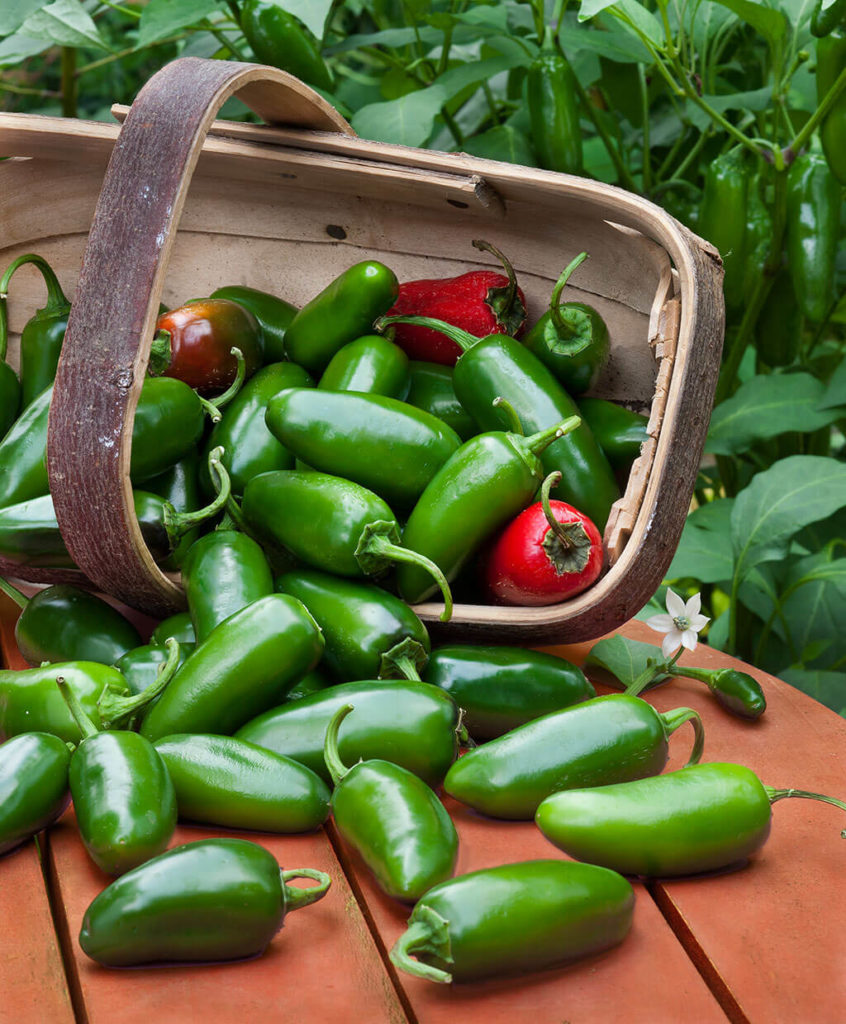
Growing your peppers can be an immensely satisfying experience. Both jalapenos and habaneros can be grown in a home garden or indoors in containers, given the right conditions.
Starting from Seeds
Both habaneros and jalapenos can be started from seeds indoors around 8-10 weeks before the last expected spring frost. Plant the seeds in a seed-starting mix, keeping the soil consistently warm (between 70-85 degrees Fahrenheit). Once the seedlings are about 2 inches tall, they can be transplanted into individual pots.
Planting and Caring for Your Peppers
Pepper plants prefer a sunny location with well-drained soil. They should be spaced about 18 inches apart to give them plenty of room to grow. These plants require consistent watering, but avoid overwatering as it may lead to root rot. Regularly applying an all-purpose fertilizer can promote healthy growth.
Pest and Disease Management
Common pests include aphids, cutworms, and flea beetles, while diseases can include bacterial leaf spot and various fungal infections. Organic pest controls and maintaining proper plant hygiene can help manage these issues.
Harvesting Your Peppers
Jalapenos can be harvested when they reach about 3 inches in length and are a deep green color, while habaneros are typically harvested when they're about 1-2 inches long and have achieved their full color (most commonly a vibrant orange).
Understanding the Health Benefits of Peppers
Not just carriers of heat and flavor, peppers like jalapenos and habaneros also come with several health benefits.
Rich in Nutrients
Peppers are packed with essential vitamins and minerals. They're particularly high in Vitamin C and A, which are antioxidants that protect your body against free radicals. Other nutrients include Vitamin K1, Vitamin E, Folate, and Potassium.
Metabolism Boosters
Capsaicin, the compound responsible for a pepper's heat, has been found to boost metabolism and promote weight loss by increasing fat burning.
Pain Relief
Capsaicin also has strong pain-relief properties. It can help reduce pain by reducing the amount of “substance P,” a chemical that carries pain messages to the brain.
Culinary Applications of Jalapenos and Habaneros
The distinctive flavors of jalapenos and habaneros make them star ingredients in a multitude of dishes.
Jalapenos in Cuisine
Beyond the classic jalapeno poppers, this pepper can be pickled, grilled, smoked into chipotle, or used fresh in salsas, guacamole, or any dish needing a mild kick. Jalapenos also pair wonderfully with sweet dishes, providing a contrast to the sweetness of fruits like mango and pineapple.
Habaneros in Cuisine
Habanero peppers, given their intense heat, are often used sparingly. They're a key ingredient in hot sauces and spicy salsas. In Caribbean cuisine, habaneros are commonly used in jerk recipes and marinades, adding not only heat but a unique fruity flavor.
Safety Precautions with Hot Peppers
While handling and consuming hot peppers, certain precautions should be kept in mind.
Handling Peppers
Capsaicin, which gives peppers their heat, can cause a burning sensation on your skin. It's recommended to wear gloves while handling especially hot peppers like habaneros.
Consuming Peppers
Start small when adding hot peppers to your diet. The heat can cause discomfort, particularly for those unaccustomed to it.
Both jalapenos and habaneros have their unique place in the world of exotic peppers, offering distinct flavors, health benefits, and culinary applications. Whether you're growing them in your garden or spicing up your dishes, these peppers certainly bring a world of fascination and heat into our lives. Happy pepper growing and cooking!

